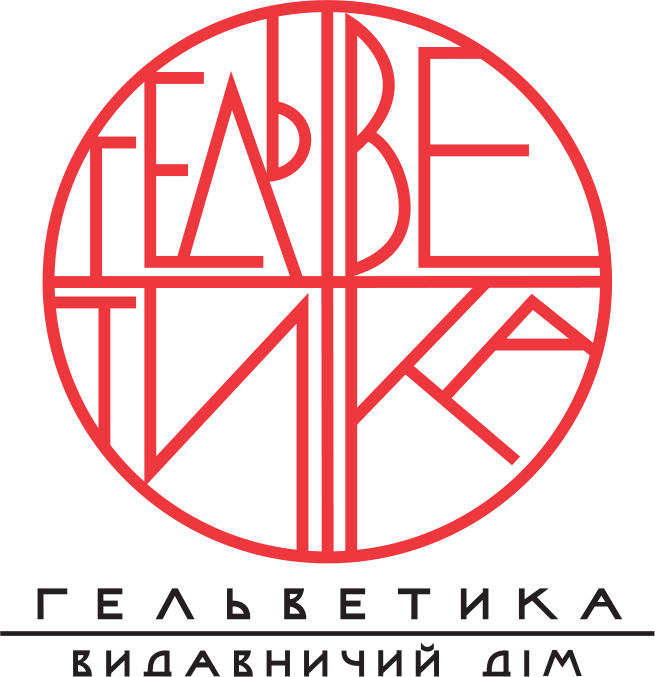ASPECTS OF HUMAN ENVIRONMENT DESIGN IN UNIVERSITY BUILDINGS OF KYIV (1970–1991) AND THEIR ACCESSIBILITY FOR PEOPLE WITH LIMITED MOBILITY
DOI:
https://doi.org/10.32782/uad.2025.4.12Keywords:
education, higher education institution, universal design, human environment design, ramp, people with limited mobility, persons with disabilities, building and facility inclusion, institution of higher education, academic building, spatial solution, anthropocentric approachAbstract
The aim of the study is to analyze the architectural features of human environment design in university buildings in Kyiv constructed between 1970 and 1991, from the perspective of accessibility for people with limited mobility. The research seeks to identify characteristic design solutions and determine their impact on the further development of an inclusive educational environment. Human environment design is examined as an anthropocentric approach that integrates physical, psychological, and social aspects of human-space interaction, going beyond traditional understanding of physical space to encompass ergonomics, proxemics, and environmental psychology. A comprehensive analysis was conducted of three representative university buildings in Kyiv built during 1970–1991, focusing on accessibility for people with limited mobility. The methodology combines comparative analysis of design solutions, field surveys, and examination of period regulatory frameworks (SNiP II-60-75). The study identifies systemic limitations of Soviet design paradigm: absence of ramps (100% of examined buildings), inaccessible vertical communications (stairs without proper handrails), lack of adapted sanitary facilities and navigation systems for people with visual or hearing impairments. The research reveals dominance of the medical model of disability that promoted segregation of people with special needs in specialized institutions. Comparative analysis of the Faculty of Radiophysics at KNU (1975), Faculty of Architecture at KIBI/KNUCA (1982), and Institute of International Relations at KNU (1979–1986) demonstrates significant gaps between Soviet-era design practices and contemporary universal design principles. The findings indicate that 80–90% of educational spaces remain inaccessible without major modifications. The research has practical significance for developing adaptation strategies for existing educational buildings and forming new approaches to educational space design in Ukraine. The study contributes to understanding the evolution from segregated to inclusive educational environments and provides evidence base for policy recommendations on creating truly inclusive human environments in higher education institutions.
References
Слуцький Є. Д. Архітектура вищої школи УРСР. Київ : Будівельник, 1972. 148 с.
Стельмах Г. І. Соціальне будівництво та потреби доступності в радянському місті. Архітектура і сучасність. 1989. № 3. С. 23–29.
Еволюція розуміння інвалідності та поняття «особа з інвалідністю». Наукові записки. Серія: Право. 2022. № 13. С. 52–56. DOI: https://doi.org/10.36550/2522-9230-2022-13-52-56
Синьов В. М., Шульженко Д. І. Психологія інклюзивної освіти учнів зі спектром інтелектуальних та аутистичних порушень. Актуальні питання корекційної освіти. 2017. № 9. С. 234–250. URL: http://www.irbis-nbuv.gov.ua/cgi-bin/irbis_nbuv/cgiirbis_64.exe?I21DBN=LINK&P21DBN=UJRN&Z21ID=&S21REF=10&S21CNR=20&S21STN=1&S21FMT=ASP_meta&C21COM=S&2_S21P03=FILA=&2_S21STR=apko_2017_9(2)__21 (дата звернення: 25.04.2025).
Колупаєва А. А. Інклюзивна освіта: реалії та перспективи. Київ: Самміт-Книга, 2009. 272 с. URL: https://kpdi.edu.ua/biblioteka/І/Інклюзивна%20освіта%20реалії%20та%20перспективи%20Колупаєва%20А.А..pdf (дата звернення: 25.04.2025).
Величко С. В. Соціальна інклюзія осіб з інвалідністю: історико-педагогічний контекст радянської освітньої системи. Педагогічна думка. 2015. № 4. С. 45–51.
Слободяник І. М. Соціокультурні основи формування інклюзивного середовища в Україні: історичний контекст. Освіта та розвиток обдарованої особистості. 2020. № 7. С. 115–120.
Зайцева Г. В. Образ інваліда в радянському суспільстві: ідеологія та соціальна практика. Соціологія: теорія, методи, маркетинг. 2012. № 3. С. 98–104.
U.S. Department of Education. Section 504 History. URL: https://www.ed.gov/about/offices/list/ocr/504faq.html (дата звернення: 20.04.2025).
UK Parliament. Disability Discrimination Act 1995 Overview. URL: https://www.legislation.gov.uk/ukpga/1995/50/contents (дата звернення: 20.04.2025).
Malinen O.-P. Inclusive Education Finland. MDPI. 2021. 156 p.
CAST. Universal Design for Learning Guidelines. 2002. URL: https://www.cast.org/impact/universaldesign-for-learning-udl (дата звернення: 22.04.2025).
Mace R., Hardie G., Place J. Accessible Environments: Toward Universal Design. Raleigh: The Center for Universal Design, 1990. 156 p.
Закон України «Про освіту» № 2145-VIII від 05.09.2017. URL: http://zakon.rada.gov.ua/laws/show/2145-19#Text (дата звернення: 18.04.2025).
Потапенко М. В., Демиденко О. І., Кругляк В. І., Потапенко Г. М. Універсальний дизайн у вищих освітніх закладах: особливості підходів викладання. Педагогічна Академія: наукові записки. 2025. № 16. С. 45–52.
Beregova M. Peculiarities of inclusive education organization in Europe and Ukraine. Science Rice: Pedagogical Education. 2020. № 2(35). С. 33–36.
Тріпак О. Conceptualization and socio-economic problems of inclusive education: international legislation, experience of EU and Ukraine. Ekonomichnyy analiz. 2020. № 30(1). С. 138–145.
СНиП II-60-75 «Учбові заклади». Москва: Держбуд СРСР, 1975.
Modernism in Kyiv: Корпус ФРЕКС. URL: https://modernism.in.ua/ua/knu-radio (дата звернення: 21.05.2025).
Київський національний університет будівництва та архітектури. URL: https://www.knuba.edu.ua (дата звернення: 21.05.2025).
Інститут міжнародних відносин КНУ. URL: https://guide.kyivcity.gov.ua (дата звернення: 21.05.2025).
Фото холу корпусу факультету радіофізики, електроніки та комп'ютерних систем Київського національного університету імені Тараса Шевченка. URL: https://maps.app.goo.gl/KWS677dphpYY7b4m7 (дата звернення: 03.06.2025).
Фото сходів корпусу факультету радіофізики, електроніки та комп'ютерних систем Київського національного університету імені Тараса Шевченка. URL: https://maps.app.goo.gl/fChn3y6R4HPVnLyW8 (дата звернення: 03.06.2025).
Фото вхідної групи навчального корпусу Архітектурного факультету КНУБА. URL: https://maps.app.goo.gl/BUKXFq45xQbhUJYu8 (дата звернення: 03.06.2025).
Фото центрального холу навчального корпусу Архітектурного факультету КНУБА. URL: https://maps.app.goo.gl/tC1Zus9tLEPrJYDe7 (дата звернення: 03.06.2025).
Фото атріуму центрального холу навчального корпусу Інституту міжнародних відносин КНУ. URL: https://maps.app.goo.gl/3nXkXvWWSMKbante6 (дата звернення: 03.06.2025).
Фото центрального холу навчального корпусу Інституту міжнародних відносин КНУ. URL: https://maps.app.goo.gl/3nXkXvWWSMKbante6 (дата звернення: 03.06.2025).
Фото пандусів навчального корпусу Інституту міжнародних відносин КНУ. URL: https://maps.app.goo.gl/jXXaELgfVUJcxPtMA (дата звернення: 03.06.2025).




